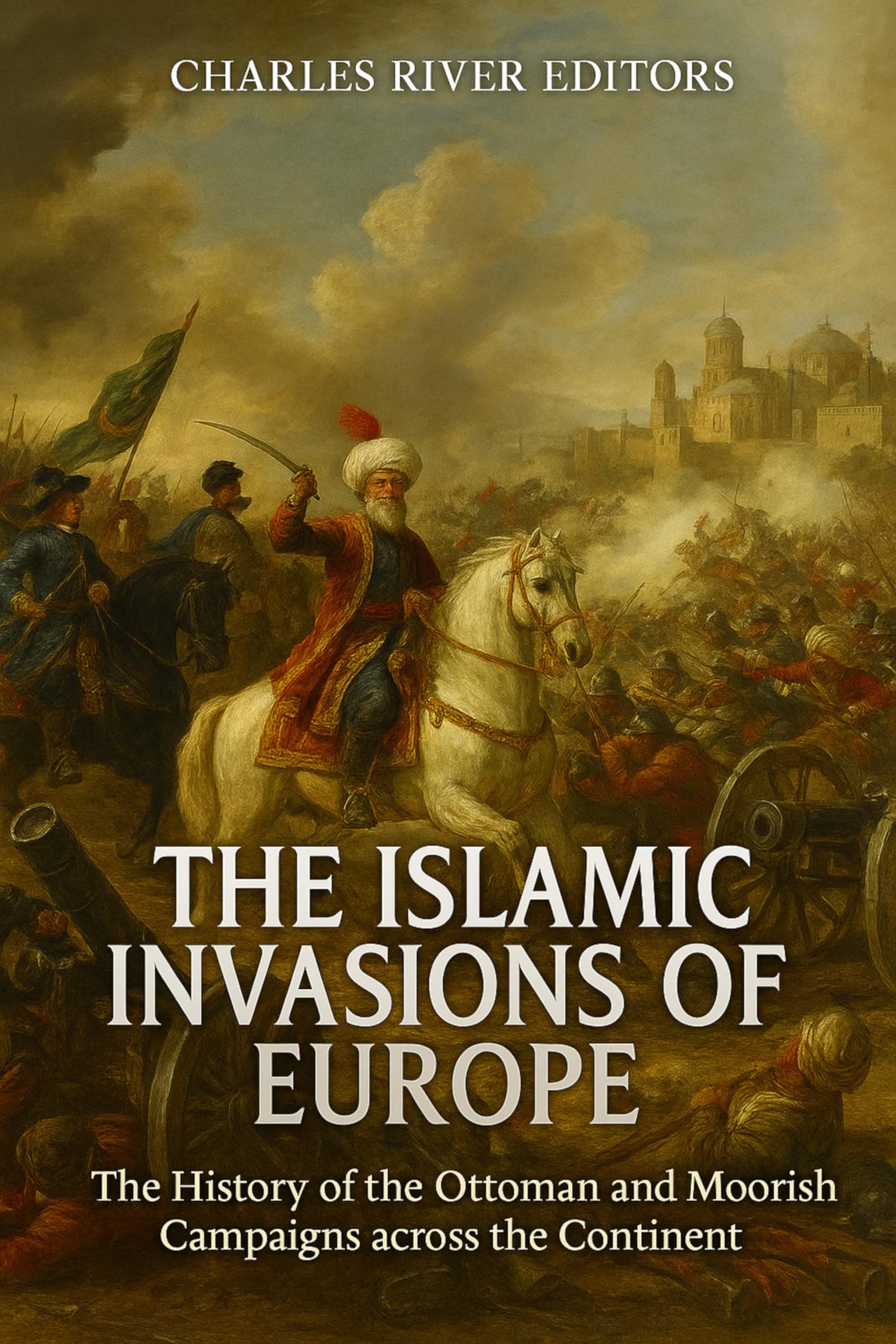The history of the Spanish Peninsula is closely bound to that of the Moors. The term “Spain” was not in wide use until the region was united by the monarchs of Aragon and Castile, and the Moors called the lands they ruled in the Iberian Peninsula Al-Andalus, traditionally thought to be an Arabic transliteration of Vandal, the Germanic tribe which briefly ruled the region in the early fifth century. The English name Andalusia derives from the Spanish Andalucia, which is still used by Spain to name its southern region.Not surprisingly, three religions attempting to coexist during medieval times resulted in nearly incessant conflicts, marked by high taxation, disparate societies, rigid cultural controls, and systemic violence. Despite the odds, these three religions managed to live in a state of quasi-acceptance and peace in most of the major cities in the Iberian Peninsula like Cordoba and Toledo, with sporadic warfare occurring on the borders between Al-Andalus and the Christian kingdoms near the Pyrenees Mountains. Muslims, Christians, and Jews would attempt to reorganize their societies several times over the centuries through warfare, always with Jews on the lower rungs and Christians and Muslims fighting it out above them.While the Moors have always been associated with Spain due to their lengthy stay on the Iberian Peninsula, the most famous battle they were involved in was actually fought in modern France. While the Franks were consolidating a kingdom there, Muslim forces were pushing out of North Africa and into the Iberian Peninsula in the early 8th century, and by the dawn of the 730s, the Umayyad dynasty had expanded its territory from the Atlantic to the Pyrenees, a series of seasonally snow-capped mountains in Europe that forms a border between the nations of Spain and France. This would lead to Charles Martel’s most famous military victory came at the Battle of Tours, also called the Battle of Poitiers, on October 10, 732. At this battle, a united Frankish force decisively defeated the invading Umayyad Caliphate, making it one of the most important in all the Middle Ages for stemming the advancement of the Islamic forces in Europe. As historian William E. Watson put it, “Had Charles Martel suffered at Tours-Poitiers the fate of King Roderick at the Rio Barbate, it is doubtful that a “do-nothing” sovereign of the Merovingian realm could have later succeeded where his talented major domus had failed. Indeed, as Charles was the progenitor of the Carolingian line of Frankish rulers and grandfather of Charlemagne, one can even say with a degree of certainty that the subsequent history of the West would have proceeded along vastly different currents had ‘Abd ar-Rahman been victorious at Tours-Poitiers in 732.”In terms of geopolitics, perhaps the most seminal event of the Middle Ages was the successful Ottoman siege of Constantinople in 1453. The city had been an imperial capital as far back as the 4th century, when Constantine the Great shifted the power center of the Roman Empire there, effectively establishing two almost equally powerful halves of antiquity’s greatest empire. Constantinople would continue to serve as the capital of the Byzantine Empire even after the Western half of the Roman Empire collapsed in the late 5th century. Naturally, the Ottoman Empire would also use Constantinople as the capital of its empire after their conquest effectively ended the Byzantine Empire, and thanks to its strategic location, it has been a trading center for years and remains one today under the Turkish name of Istanbul.
save
$8.99The Islamic Invasions of Europe: the History of the Ottoman and Moorish Campaigns Across the Continent
$0.00$8.99
Explore the intertwined history of Spain and the Moors, revealing the complex relationships among Muslims, Christians, and Jews, and key events that shaped medieval Europe.
| book-author |
|---|










